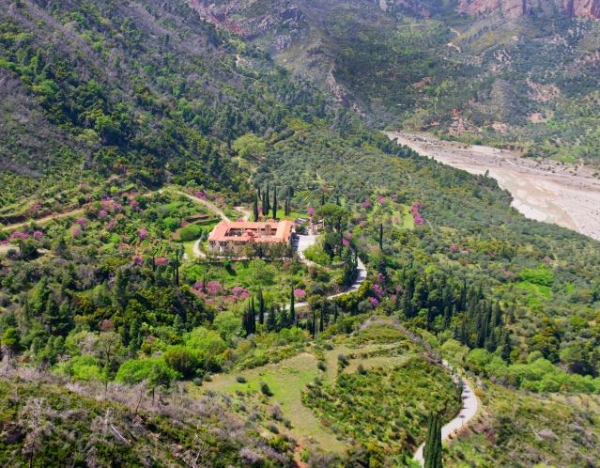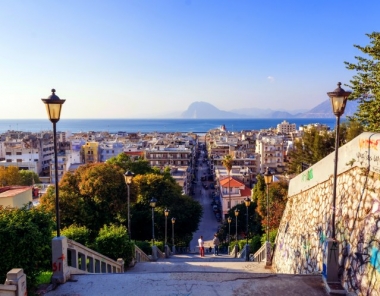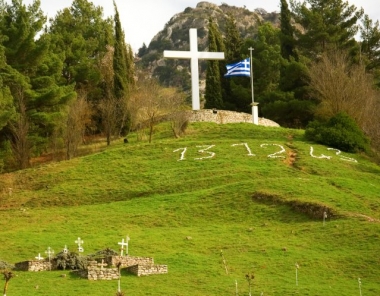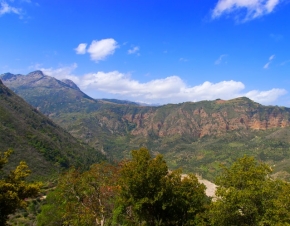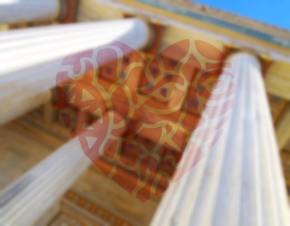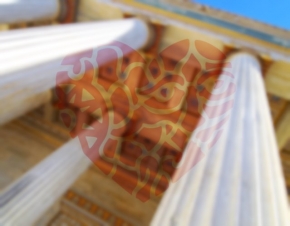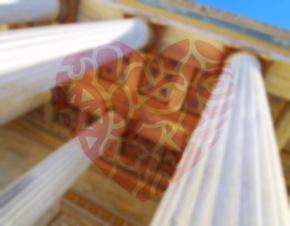Diakopto is in the east end of Achaea.
Diakopto is a coastal town situated on the coast of the Corinthian Gulf. Diakopto is well known because here is the starting point of the famous Cog Railway that goes to Kalavryta through a strikingly beautiful route via the Vouraikos Canyon.
Diakopto has beautiful beaches and is a favorite summer destination.
In Diakopto you will find great hotels and apartments to enjoy your holidays. What is more, Diakopto offers taverns and restaurants to eat and cafes and bars for a relaxing coffee or drink.
Aigio is located 39 km from Patras, in the region of Achaea.
Aigio is a beautiful seaside city built on the shores of the Corinthian Gulf, hence its name "balcony of Corinth". It is the second largest city of Achaea, after Patras. The region with its beautiful beaches is an ideal destination for short trips or for a longer stay.
In Aigio you will find great hotels and apartments to enjoy your holidays. Moreover, Aigio offers a variety of quality dining options. Taverns, mezedopoleia (traditional greek places where small food plates are served with ouzo or tsipouro) and restaurants will please your palate, while cafes and bars will take care of your coffee and drinks.
Once you are in Aigio, it is worth visiting the Archaeological Museum of Aigio, the church Panagia Tripiti and you should not forget to stroll around the city and discover many neoclassical buildings of unique beauty.
The region of Achaea is located in the northern part of the Peloponnese. It has an area of 3271 square kilometers and about 400,000 inhabitants.
It borders to the east with the region of Corinthia, to the south with the region of Arcadia and the southwest with Ilia. Achaea has many beautiful beaches, since it is surrounded by sea. In the north there is the gulf of Patras and the Corinthian Gulf and in the west the Ionian Sea.
The capital is Patras, the third largest city of Greece, which is also the country's main ferry gateway to western Europe thanks to its port. Among the other towns and villages of the area, the ones that that stand out are Aigio, Rio, Diakopto and Kalavryta, one of the most popular winter destinations in Greece.
The region of Achaea is in most part mountainous. From its mountains three stand out: Helmos, Erymanthos and Panachaiko. The region also has many rivers like Vouraikos and Selinountas, while it is the head of Erymanthos and Ladon rivers which lead to the Alpheus, the largest river in the Peloponnese. Several lagoons and the lake Lamia (Lamia)can be found in the northwest of the region, while near Kalavryta is the Lake Tsivlou that has been created by a natural landslide of Krathis riverbed in 1913.
The climate of Achaea is characterized as temperate mediterranean, yet it varies depending on altitude and as you move from coast to inland.
Mykonos, like every other place in Greece, maintains its own traditions and customs, which visitors have the chance to get to know through various events.
Easter in Mykonos, as throughout Greece, is a once in a lifetime experience not to be missed. The procession of the Epitaph in the scenic alleys, the Resurrection of Christ with the following fireworks and of course the much-anticipated Eastern dinner, will undoubtedly remain deeply etched in the memory of every visitor. The celebrations conclude with Juda's burning in the central square of Mykonos.
Theofania, which is how Christ's baptism by John the Baptist is known in Greek, is another big celebration for Mykonos. In January the 6th, priests walk around the streets blessing the houses, until they reach the port together with the rest of the people. There, they throw the cross in the sea to sanctify the waters and thereby bless the marines with good luck throughout the year. It is considered a great honor to dive in the freezing cold sea and catch the cross, and the one to succeed is thought to be greatly blessed.
Besides Easter and Theofania, there are several panigiria-festivals and celebrations of religious nature, such as:
- 30th of June, Fishermen's Festival-Agion Apostolon
- 17th of July, Agias Marina's day in Ano Mera
- 25th of July, Agias Anna's day by the namesake beach
- 26th of July, Agias Paraskevi's
- 27th of July, Agiou Padeleimona in Marathi
- 15th of August, Panagias(Virgin Mary's) Tourlianis in Ano Mera
- 23th of August, Eniamera tis Panagias in Ano Mera (The ninth day of Virgin Mary's death)
- 14th of September, the day of the Cross in Marathi
- 6th of December, Agios Nikolaos day
For further information do not hesitate to contact the ΚΔΕΠΑΜ (KDEPAM: Common Benefit Municipal Association for the Cultural Development of Mykonos) via tel. 22890 - 27190 and 22890 -27791, but also the very active Folk and Cultural Women Association of Mykonos www.mykonoswomenculture.gr , tel. 22890 22892).
The Aegean Maritime Museum was founded in 1988, by the shipowner Georgios M. Drakopoulos It is housed in a traditional 19th-century building right in the center of the Mykonian Chora, next to Lena's House. The building previously belonged to the legendary Mykonian Captain Nicholas Sourmeli, who aided with his ship the Cretans in their struggle against the Turks.
Within the halls of the Aegean Maritime Museum the whole maritime history of the island of Mykonos unfolds, starting from the time of the Cycladic civilization and reaching almost to modern times. Ancient coins with maritime themes, amphorae from wrecks and brass instruments for navigation, offer a taste of the ancient times, and there is also a room dedicated to the revolution of 1821, with ship models, engravings, prints and manuscripts of the time. This naval journey ends with a room dedicated to the 18th and 19th century ships.
In the Aegean Maritime Museum's garden, visitors can admire, among other exhibits, the original mechanism of Faros Armenistis - Lighthouse Armenistis ( a construct of Sauter -Lemonier, winning in the International Paris Exhibition) that operated up to 1983.
Apart from saving the mechanism of Faros Armenistis - Lighthouse Armenistis, the Maritime Museum took great care into preserving and restoring the traditional sailing ship "Evagelistria"and the cable steamer "Thales of Miletus", both located in Marina Flisvos in Paleo Faliro.
More information concerning the Aegean Maritime Museum, Enoplon Dinameon 10 with Postal Code 846 00,, you can call the tel. 22890 -22700.
Nearby the famous Paraportiani, is the Folklore museum of Mykonos. It was founded by Vasileios Kyriazopoulos in 1958, while the building in the past used to be a residence of Mykonian captains. The museum consists of 6 rooms, where visitors can admire two categories of exhibits. There are exhibits of Greek folk art and other imported items, which were brought by captains on the island of Mykonos in the 18th and 19th centuries. It is worth-mentioning that in a room dedicated to the sea, a part of a 19th century Mykonian sailboat's deck can be found, having its all parts of the ship (anchor, cannons) located on the operative position. In the Folklore Museum of Mykonos you can admire among others, furniture and objects of old time, household items, jewelry, textiles, books, manuscripts and old newspapers, paintings and watercolors, as well as ship models.
All exhibits are representative of the lifestyle the inhabitants of the island used to have in past centuries, thus giving the visitor a feeling for what past life was like in Mykonos.
The Folklore Museum, featuring a Library, is situated in Kastro location. For more information you can call tel. 22890 – 22591 and 22890 - 22748.
As branches of the Folklore Museum, the Agricultural Museum (Mill of Boni: Milos tou Boni) and the House of Lena (Spiti tis Lenas) also operate. The first presents traditional rural facilities and a mill in full operation, and the latter shows visitors the typical middle-class home of the last century. The Agricultural Museum is in the Ano Myloi location (tel. 22890-26246), while the House of Lena is in the Tria Pigadia (Three Wells) region in the center of Chora, right next to the Aegean Maritime Museum (tel 22890-22390).


